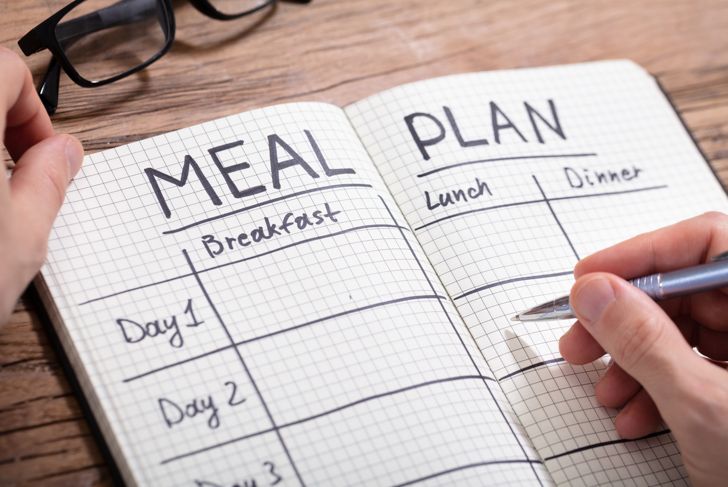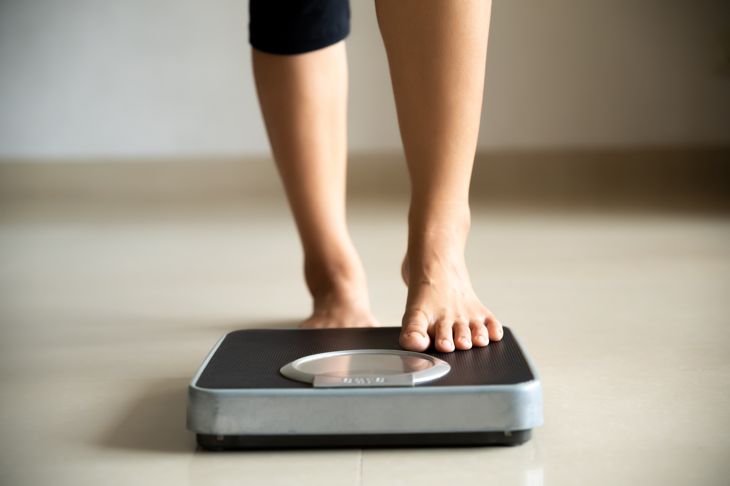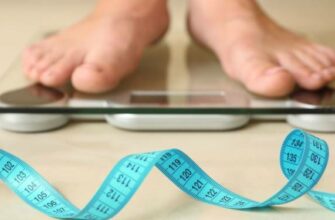Reverse dieting has gained popularity over the years as a weight-loss option that allows users to consume more rather than less food. The diet is popular among athletes interested in managing their fitness while maintaining high energy levels.Although there has been some buzz about reverse dieting, relatively few sources offer a comprehensive breakdown of what it is and how it works.
Reverse Dieting Defined
Reverse dieting is an eating plan that involves a gradual increase in calories. This gradual increase takes a series of months, with the intent of increasing the body’s metabolic rate. As a result of this conditioning, the body ends up burning more calories daily .Reverse dieting is common among athletes engaging in a diet that restricts their caloric intake. The controlled increase allows the user to return to a regular eating pattern without unwanted side effects, such as weight gain.
How Reverse Dieting Works
Reverse dieting can be confusing because it doesn’t mirror most diet options. The majority of the popular diets today focus on creating a caloric deficit. This deficit occurs because the body burns more calories than the user consumes.One problem arising from this approach is that the body adapts to the caloric deficit over time, and slows down its metabolic rate. As a result, when the dieter returns to their regular diet, they find it challenging to maintain their new weight. The reverse diet works by increasing this metabolic rate gradually so that the weight loss achieved during the restricted diet is maintained as the user transitions back to their regular diet.
Planning a Reverse Diet
The first step in planning a reverse diet is determining the baseline calorie intake. With an average baseline in mind, the next step is to identify how you can increase your calorie intake. The goal is to increase the calorie intake by 100 calories a week.Once these methods have been identified — either by increasing portion size or daily meals — the reverse diet plan is ready.
Executing a Reverse Diet
Creating a diet plan or timetable for the new gradual caloric intake increases is the first step in executing the reverse diet. By following this plan, you can slowly increase your intake over four to ten weeks. The end goal is to reach the original caloric intake before the restricted calorie diet.
Weight Loss When On the Reverse Diet
Increasing caloric intake after a restrictive diet can boost the metabolic rate. The result is that the body will burn more calories, even during activities that are not active exercise. Non-exercise thermogenesis (NEAT) refers to the calorie burn resulting from daily activities like walking. The goal of the reverse diet is to increase the number of calories burned through NEAT.
Hormonal Effect of Reverse Dieting
Reverse dieting increases the metabolic rate and positively affects hormone balance. Studies show that increasing calorie intake can increase levels of leptin, a hormone that controls energy balance. For example, during calorie-restricted dieting, the fat cells in the body decrease their production of leptin in an attempt to regulate the body weight and temperature.By gradually increasing the metabolic rate, it is possible to return leptin levels to their normal state.
Relaxed Portion Control
One of the significant difficulties of dieting is limiting the food portion size. Reverse dieting makes it possible for a person to increase a healthy meal’s range and portion size without worrying about maintaining their goal weight. However, this diet plan is ideal for individuals looking to ease back into a regular diet without limiting their portion sizes.
Higher Energy Levels
Calorie-restricting diets are commonly associated with lower energy levels and neurological changes such as mood and concentration disturbances. These changes are also likely to be the product of nutritional deficiencies.For people experiencing these symptoms, reverse dieting offers higher energy levels while maintaining the weight loss progress they have made.
Potential Challenges
Maintaining a reverse diet can be challenging as it significantly relies on precise calorie calculation. Increasing the calorie intake by a small and accurate range of 50 to 100 calories a week can challenge most people since many underestimate their calorie intake.Furthermore, precise calorie-counting can stress some people, especially those with existing or previous disorderd eating, leading to diminished rather than improved health.
Factors to Consider
Before committing to a reverse diet, it is important to consider that it is a relatively new practice. As a result, there are few studies conducted on reverse dieting. The limitations in terms of research mean its effects are not as well-understood as traditional dieting. Be sure to speak with a doctor or dietician before attempting this method.

 Home
Home Health
Health Diet & Nutrition
Diet & Nutrition Living Well
Living Well More
More




















